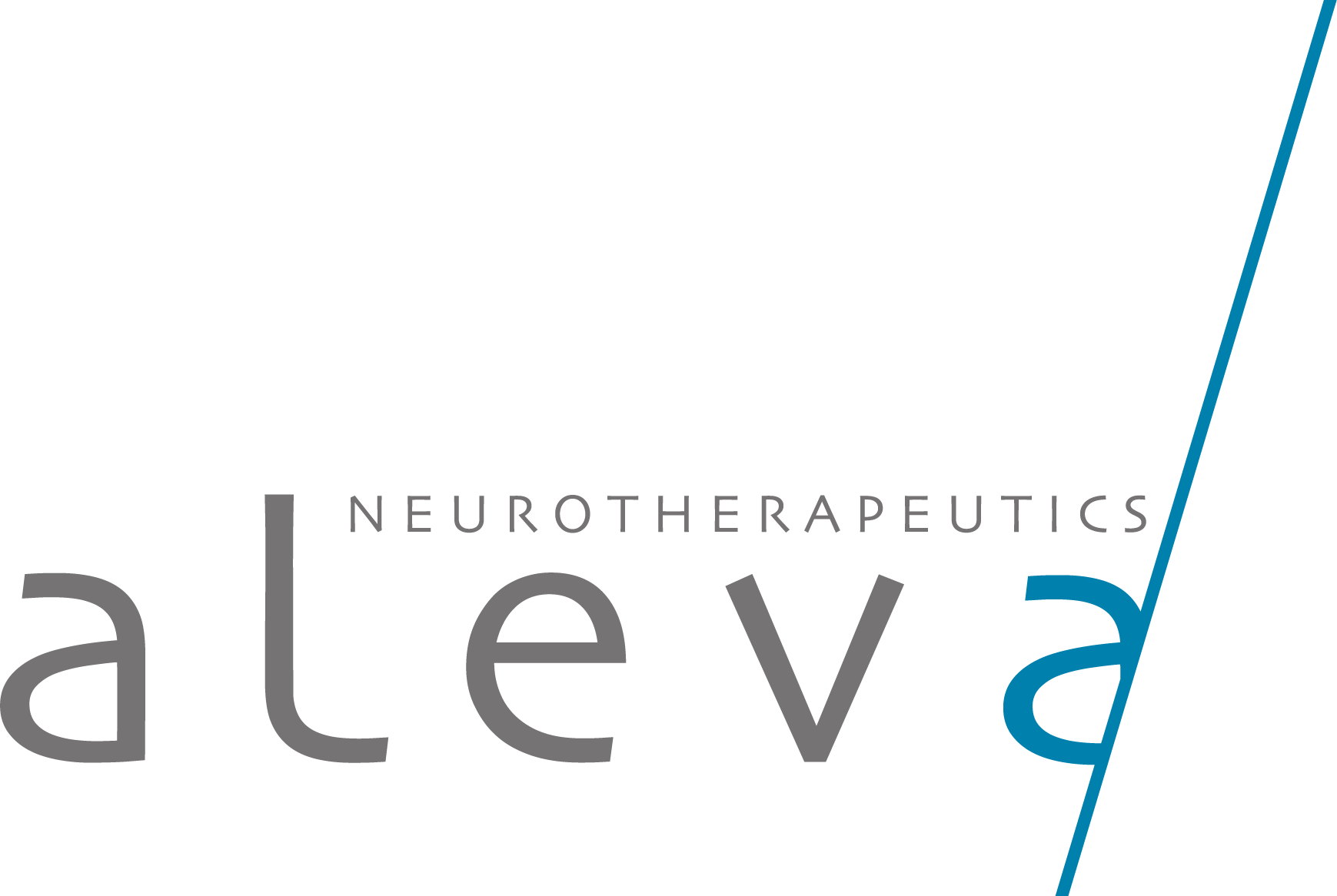Challenges & Solutions
What we need as surgeons is more precise Deep Brain Stimulation
Professor Claudio Pollo MD - Head of Functional & Epilepsy Neurosurgery - University of Bern
UNDERSTANDING THE CHALLENGES PHYSICIANS FACE
Deep Brain Stimulation is one of the most challenging high-precision procedures. As it is, despite precise electrode implantation, 20% of patients undergoing DBS using the omnidirectional method do not respond to DBS therapy.
The reason for this relatively poor result is that traditional leads may not control the direction of the stimulus to the required degree of precision.
So, while steering current to the therapeutic focus, they may also stimulate structures around the subthalamic nucleus, causing side effects such as involuntary muscular contractions, speech difficulties, muscular weakness, tingling sensations and the reduction of certain cognitive functions.
Neurosurgeons and neurologists were constantly asking for a system that would allow more precise stimulation of the target area of the brain so that patients could benefit from the positive therapeutic improvements without side effects.
Aleva PIONEERED DIRECTIONAL STIMULATION
Our research was directed towards creating an electrode that could direct the stimulus to only highly specific and selectable areas of the brain, enabling physicians to personalise therapy for each individual patient.
In 2019 we introduced a fully directional 12 electrode lead that would allow true directional stimulation. Each directional contact is powered by an independent current source in the IPG to guarantee precise control of the size and shape of stimulation at each electrode. directSTIM™ is CE marked and available for therapeutic use in Europe.

LEVERAGING MEMS TECHNOLOGY FOR BRAIN ELECTRODES
Microelectromechanical systems (MEMS) constitute highly sophisticated technology for the miniaturisation of components between 1 and 100 micrometres in size.
Ten years prior to Neuralink launching its brain chip therapy, Aleva had already demonstrated its innovative MEMS manufacturing methods. Aleva’s patented technology-enabled new brain stimulation therapies that are currently on the market.
A patented thin-film semiconductor manufacturing technique enabled ALEVA to manufacture electrodes with:
- 12×2 contacts for precise stimulation
- Reduced dimensions for patient’s comfort
- Reduced artefact for best post-operative ICH assessment.
- A shaped contact for homogenous electrical stimulus
The result of Aleva’s technology is greater precision, fewer side effects, and improved patient outcomes.2
Aleva’s directSTIM™ DBS lead is based on the technology developed at the Swiss Federal Institute of Technology (EPFL) Microsystems Laboratory of Prof. Philippe Renaud (www.lmis4.epfl.ch)
